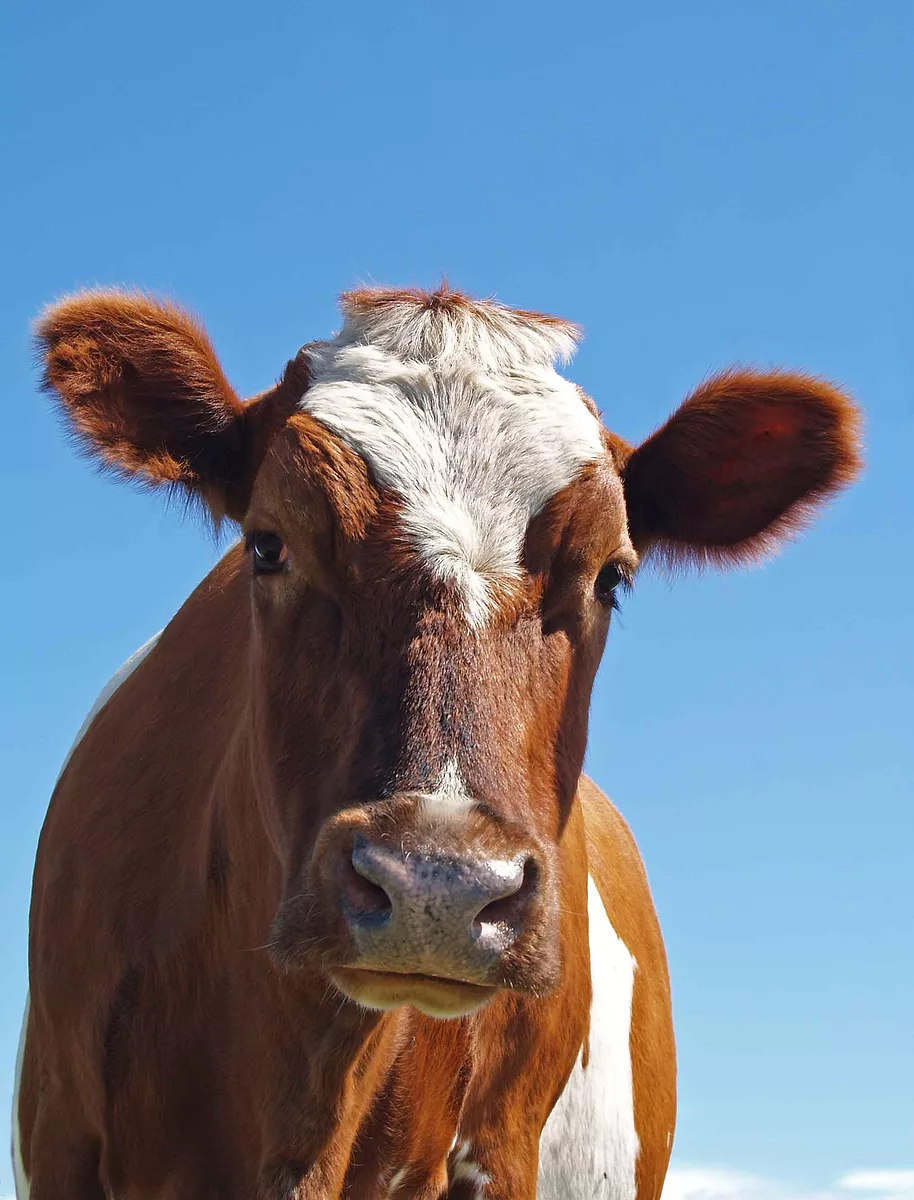They say a person’s home is their castle. But what do you do if that castle is stolen from you?
In May of 2024, such a theft reportedly occurred in Concord, Massachusetts, when an unknown entity badly, but effectively, stole the identity of a Concord landowner and sold her land out from under her. Located on the corner of Mattison Drive and Ayrshire Lane (near Alford Circle), the sloping 1.8-acre plot of land had been purchased for the woman (who we shall call “the True Concord Lady”) in 1991 before circumstances moved her out of state. For decades, the land sat patiently waiting, a symbolic “castle” safeguarding the relatable dream of “one day, when I retire, I shall go there and….” But before that day could come, as reported by multiple news outlets, an imposter hired a non-Concord area realtor, listed the land for nearly 50% below market value, and sold it to a developer who came in with bulldozers and began to build a house before the True Concord Lady’s attorney could intervene and an injunction was placed to halt work.
CBS Boston WBZ’s Investigative Team found that the Mattison Drive land theft was the first of three separate land-grab scams in Massachusetts and part of a growing nationwide trend of fraudsters stealing property owners’ identities and committing title theft by selling their land and disappearing with the profit.
It’s enough to bring any rightful landowner to their knees. But from the upturned ground on the corner of Mattison Drive and Ayrshire Lane, there reemerges a tale that begins with an old Scottish lullaby asking, “Why should [you] sit and sigh on the sloping hillside dreary,” when you can begin to crawl and go get the castle back?
 ©istock.com/Tanaonte
©istock.com/TanaonteFebruary 19, 1313/14, Scotland: In the dusk, Scotsman Sir James Douglas, an ardent supporter of Scottish King Robert the Bruce, and sixty of his loyal men covered their armor with long black cloaks, got down on their hands and knees, and began to crawl towards the castle Roxburgh. Once Douglas’ ancestral home, the castle had been seized by English forces and was now under control of English King Edward II.
Looking down from high atop the castle walls, English guards saw what appeared to be a herd of approaching cattle, an illusion broken when spears attached to rope ladders flew over the walls and Douglas’ men overran the castle. It was a momentary win for Douglas and Robert the Bruce but not the end of an age-old tale of English and Scottish kings vying for control of land and titles — a tale well-known to the highland Clan Matheson, some of whom were allies of Bruce and believed to be descendants from the first king of Scotland. The name Matheson, meaning “Sons of Heroes,” changed over the centuries so that it was Henry Matteson who arrived in Rhode Island in 1666/7 where his descendants spent the next hundred years working as deputies and laborers.
By 1775, things were not going well in the colonies, particularly in Massachusetts where, to borrow from Shakespeare’s King Richard III, a “winter of…discontent made glorious” by the Boston Tea Party had evolved into the colonists stashing weapons and stores in Concord to supply their own army.
On the night of April 18, 1775, Massachusetts’ Military Governor Thomas Gage sent an order to British officer Lt. Colonel Francis Smith, writing, “you will March…with the utmost expedition and Secrecy to Concord, where you will seize and destroy all artillery, Ammunition, [etc.].”
The Battles of Lexington and Concord happened the next day, beginning the American Revolutionary War. Throughout the American colonies, men rushed to join militias, among them, now in Rhode Island and Vermont, the great-grandsons of immigrant Henry Matteson.
Two months later, in Vermont, the Green Mountain Boys captured Fort Ticonderoga from the British. Their ranks swelled to include Alexander Alford, who was among the Green Mountain Boys as they next attacked the British in Quebec. This was intolerable to King George and Parliament; “Intolerable Acts” were their realm!
 ©Jaimee Joroff
©Jaimee JoroffReinforcement troops were sent from Britain. Among them, coming in part from Ayrshire, Scotland, was the 21st Regiment of Foot, the Royal Scots Fusiliers.
If you’ve ever given an employee performance review, you may recognize the “manure-sandwich technique” which was well demonstrated by the Fusiliers who, after arriving in Quebec in 1776, marched south into Vermont and recaptured Fort Ticonderoga. This was good (for Britain). Then, under the command of British General Burgoyne, they participated in the Battle of Saratoga, where all who survived were captured when Burgoyne was forced to surrender. That was bad for them as they likely spent the next five years being marched around the colonies (all the way down to Virginia) by the Patriots as a captive army. When the war ended, the 21st Royal Scots Fusiliers went home to Ayrshire (that was good) where a now smaller British empire turned an eye inward to improving life in the lands they still had.
In Ayrshire, one of these improvements included developing a new breed of cow called “Ayrshires.” White with chestnut markings, Ayrshires were superior producers of high-fat milk, the sweetness of which was mirrored by their gentle dispositions. They thrived on rocky ground and in varied weather.
In 1822, Ayrshires were shipped to New England, particularly to Vermont where, by now, a number of Mattesons had moved from Rhode Island and their surname changed to Mattison.
Here, William B. Mattison (a direct descendant of immigrant Henry Matteson) met and married Harriet Cole whom legend says was descended from an Old English mythical king known through the children’s rhyme “Old King Cole was a merry old soul, and a merry old soul was he.”
Three generations later, their great-grandson, William Mattison Sr., married Elizabeth Alford, the third-great-granddaughter of the aforementioned Green Mountain Boy Alexander Alford who had attacked Quebec and later been a Green Mountain Ranger involved with defeating the unfortunate Ayrshire Fusiliers in the Saratoga Campaign.
In 1935, William and Elizabeth moved to Concord, Massachusetts, where they purchased a farm on Williams Road from the Williams family, Irish immigrants who had worked the land as a “truck farm” (a farm that grew produce for transport via train to distant markets).
Over time, the Mattison’s farm expanded to 300 acres. They bought Ayrshire cows and became a busy dairy farm. As described in a 1997 oral interview with William “Jack” Mattison Jr. by Concord historian Renee Garrelick (available courtesy of the Concord Library William Munroe Special Collections), the Mattisons’ herd reached ~250 cows, and “there was a sign hanging in front of the property that said Arrowhead Ayrshires, [showing] two cows and an oak tree.” Recalled Mattison, at milking time, on their own, the gentle cows lined up at home and patiently waited for you.
In 1986, the Mattisons ceased dairy farming and began selling the farm, the land going to conservation areas or developers who broke it into lots including the True Concord Lady’s section.
Today, the stolen lot sits surrounded by fencing as the case is investigated by the FBI and tied up in court. Some might say they’ll be arguing about it until the cows come home. But as history has shown, when it comes to stolen castles, sometimes cows do come home sooner than later.
For source list, please email barrowbookstore@gmail.com


